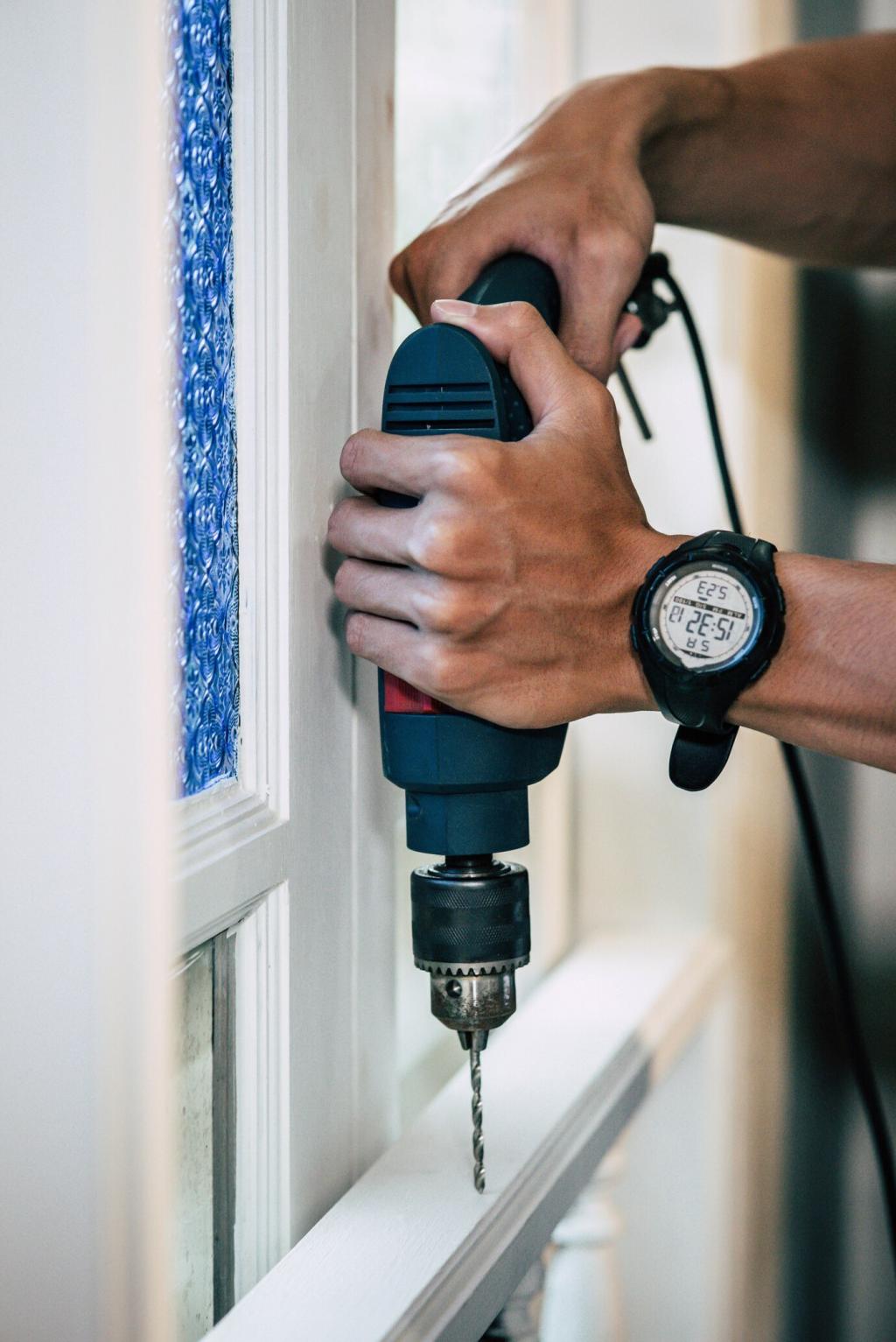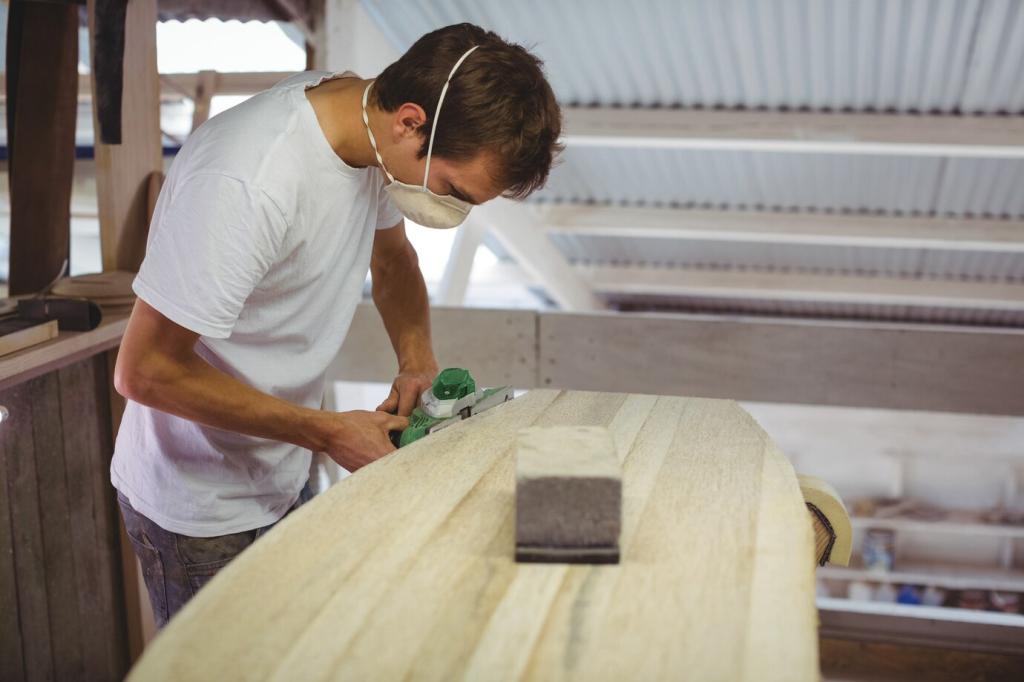
Sustainable Furniture Restoration Methods
Sustainable furniture restoration is an environmentally conscious approach to refurbishing and revitalizing aging or worn pieces. By embracing eco-friendly techniques and mindful material choices, restoration can preserve the character and history of cherished furniture while minimizing waste and environmental impact. This approach benefits not only the planet but also individuals seeking unique, long-lasting home décor. Understanding sustainable methods can transform how you view previously used pieces, opening up creative possibilities for beautiful, durable, and responsible interior design.
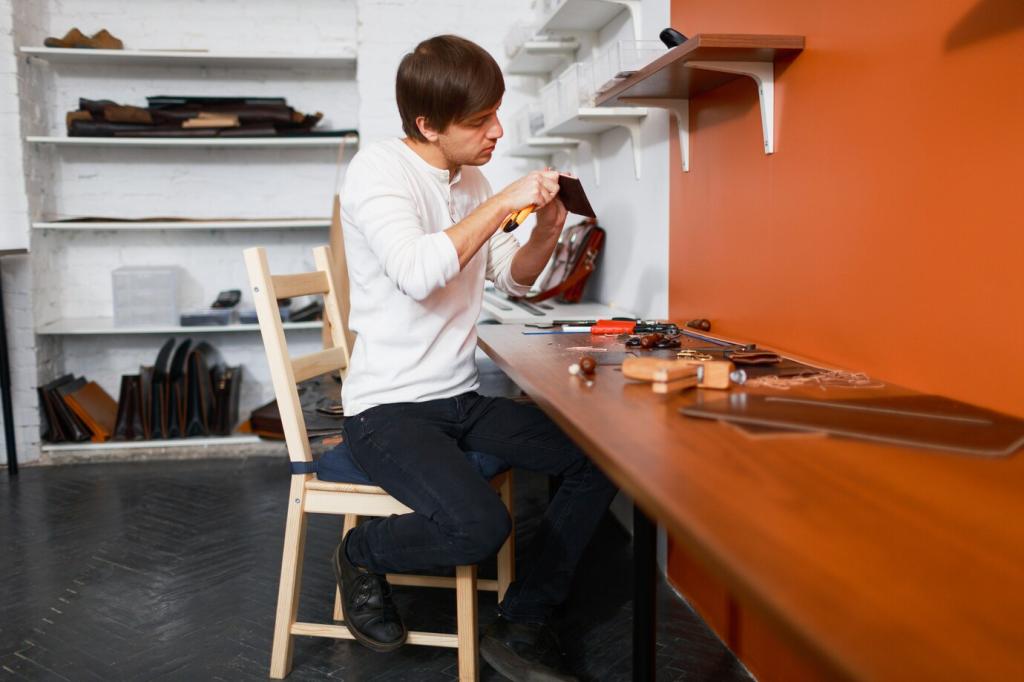
Reclaimed Wood and Natural Finishes
Reclaimed wood offers unique visual appeal and is among the most sustainable materials available for restoration. Rather than harvesting new timber, using salvaged or repurposed wood reduces deforestation and conserves natural resources. Each piece of reclaimed wood tells a story, featuring distinctive grains, patinas, and character marks. To further enhance sustainability, natural finishes such as beeswax, plant oils, and water-based lacquers protect the wood without introducing volatile organic compounds (VOCs) or synthetic chemicals. These choices result in healthier indoor environments and help preserve both the wood and the planet.
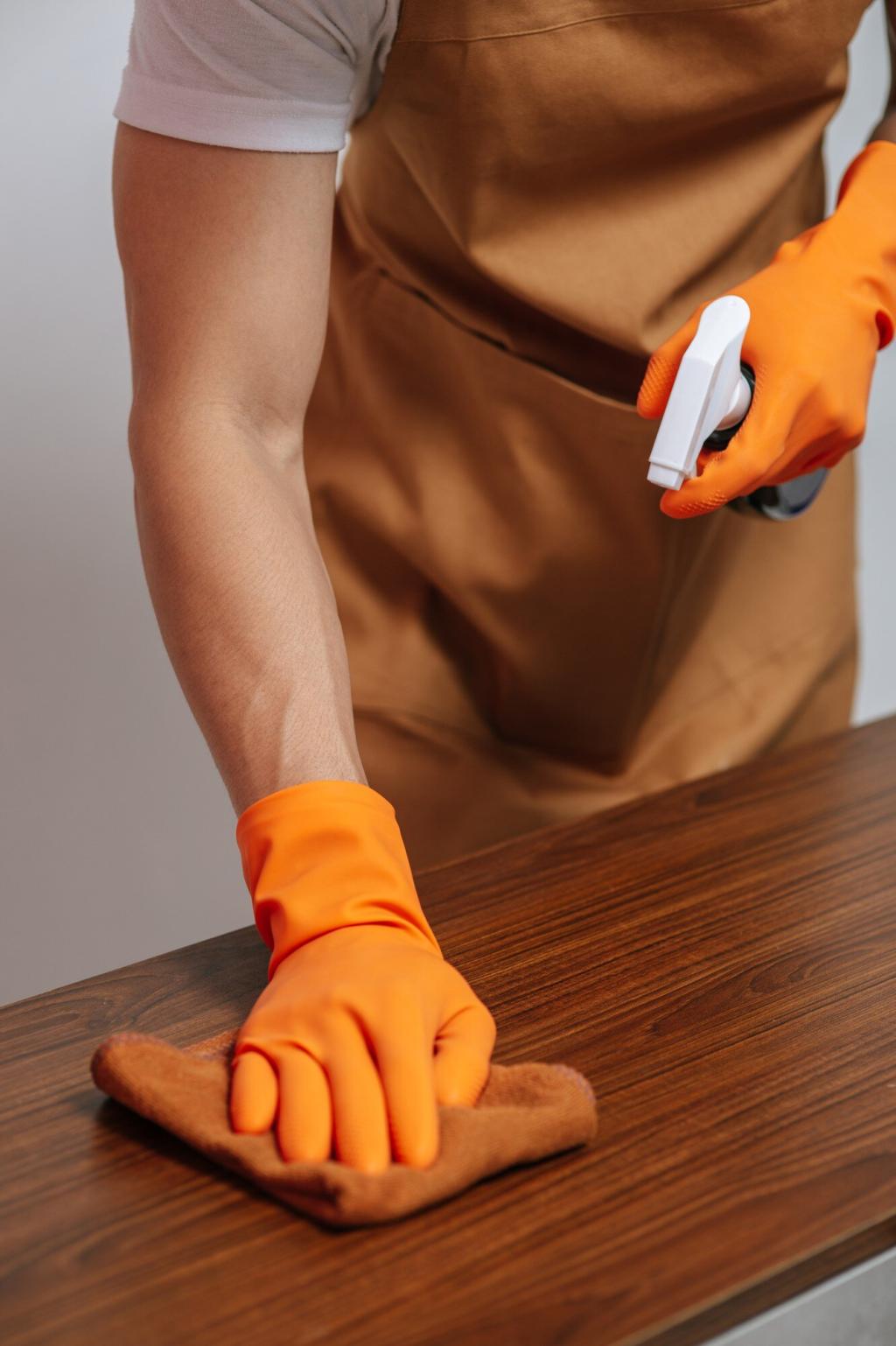
Non-Toxic Adhesives and Paints
Conventional paints, stains, and adhesives often contain chemicals that are harmful both to human health and the environment. In contrast, sustainable restoration prioritizes non-toxic and low-VOC products. These modern formulations—often based on soy, citrus, or plant derivatives—provide excellent performance without releasing harmful fumes. Eco-friendly paints come in a range of colors and finishes, ensuring that restored pieces retain their beauty without compromising air quality or creating hazardous waste. Thoughtful selection of adhesives and paints safeguards the restorer, inhabitants, and ecosystems alike.
Low-Impact Restoration Techniques
Effective restoration often begins with thorough yet gentle cleaning. Instead of harsh chemical detergents, natural options like soap flakes, vinegar, or baking soda provide cleaning power without introducing toxins to the environment or the furniture. This careful cleaning process removes grime, residues, and old finishes while maintaining the integrity of wood, metal, or upholstery. Some pieces reveal hidden beauty simply through patient conservation rather than aggressive refinishing. By focusing on preservation first, restorers uphold sustainable and ethical standards.
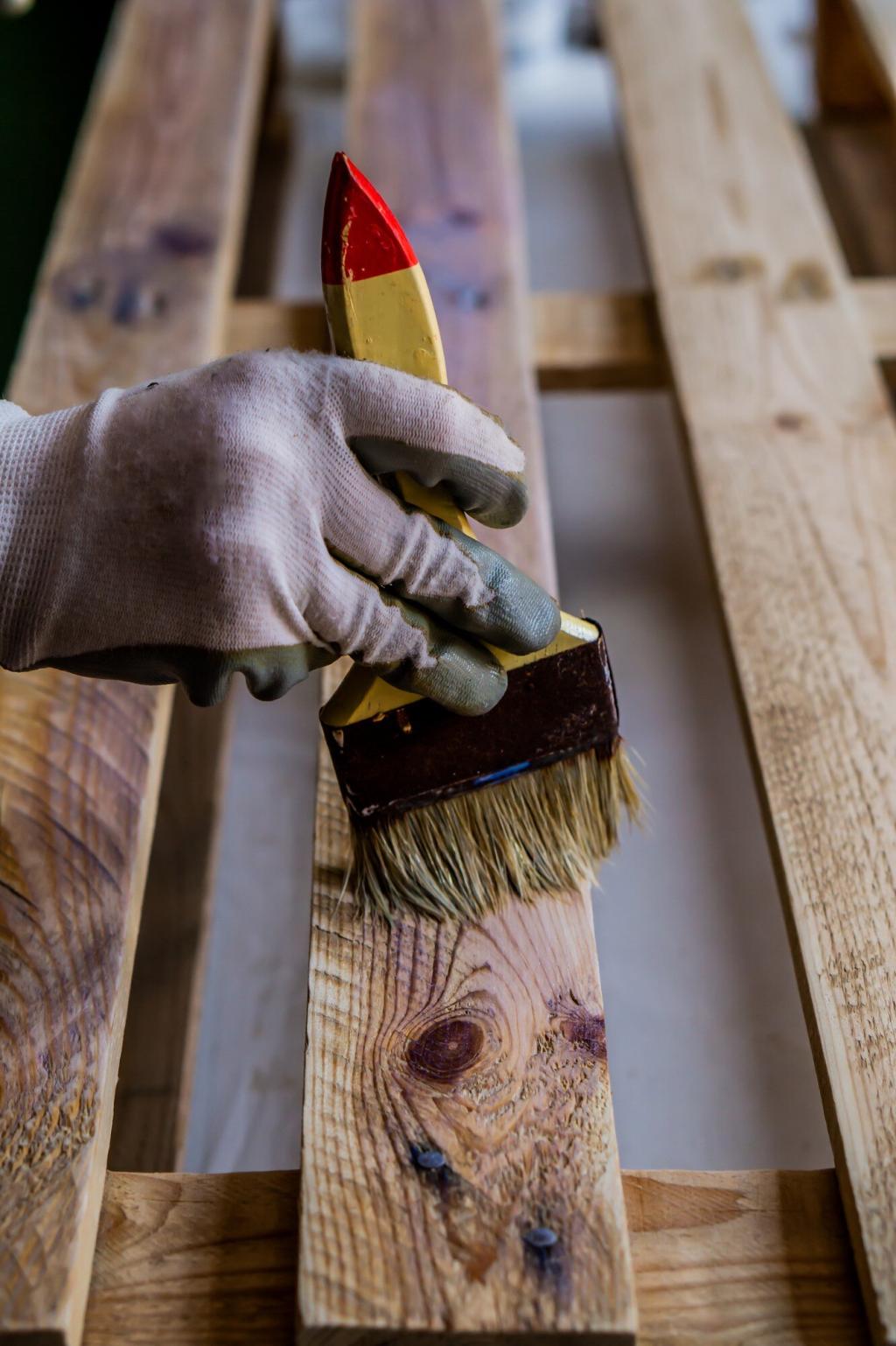
Reusing and Upcycling Components
Original hardware—such as handles, hinges, and decorative fittings—often possesses a patina or style unmatched by new replacements. The sustainable method starts with cleaning, repairing, or refinishing these existing elements to retain their authenticity. If components are missing or irreparable, sourcing antique, vintage, or recycled hardware avoids the need for new manufacturing and keeps the overall environmental impact low. Preserving original fittings not only maintains the piece’s character but also keeps valuable materials in circulation.
